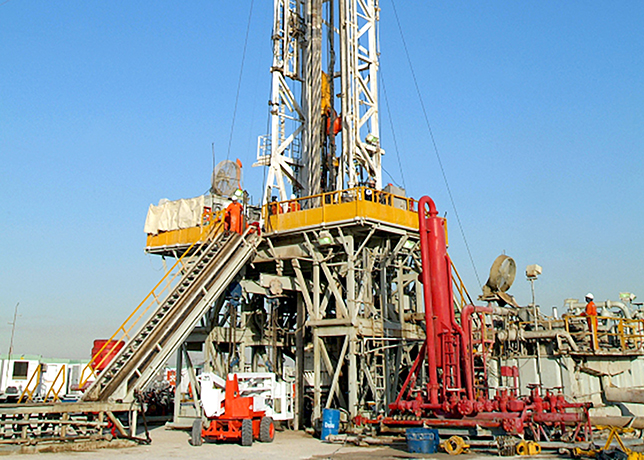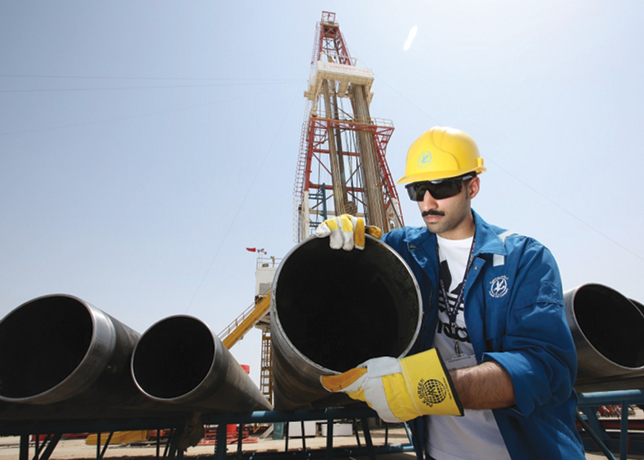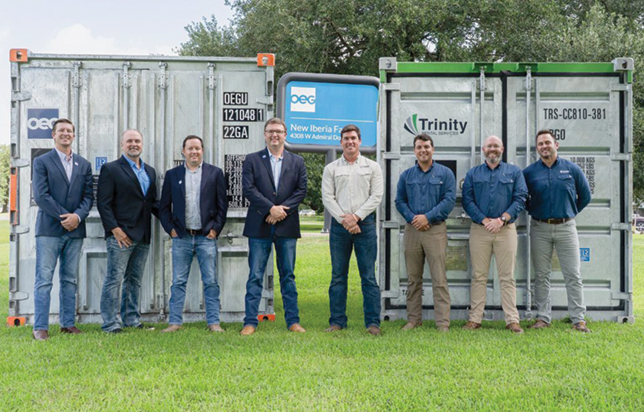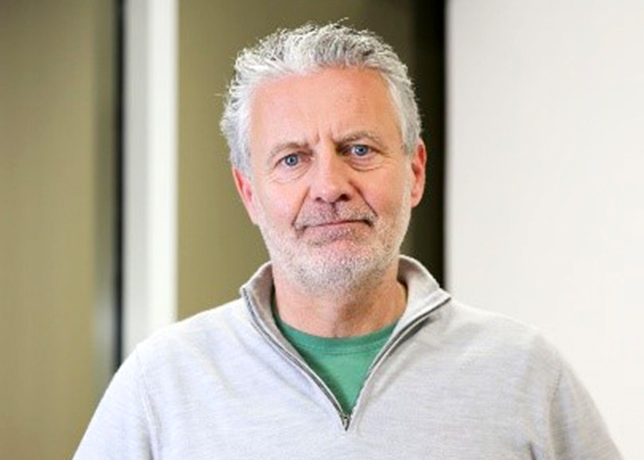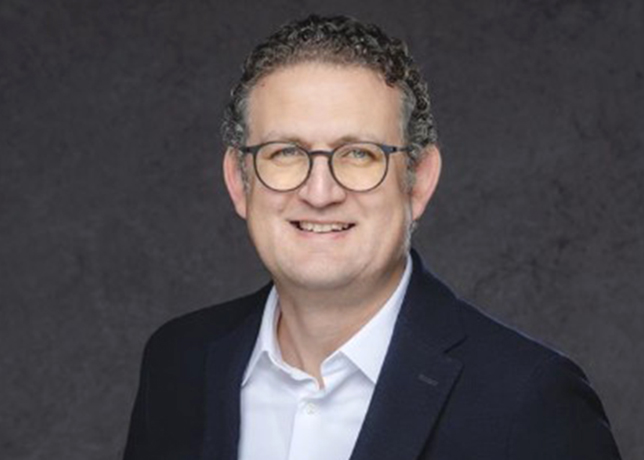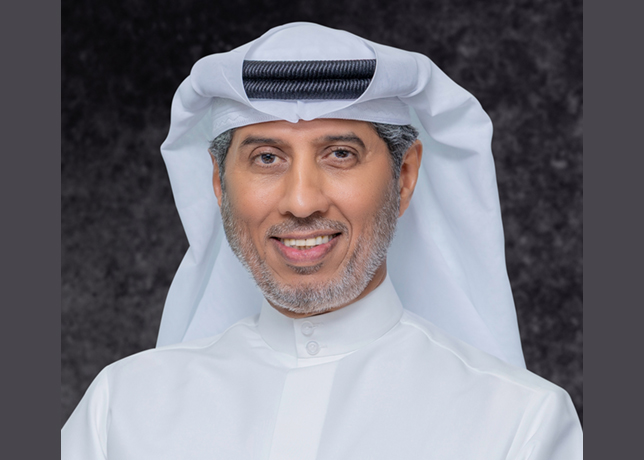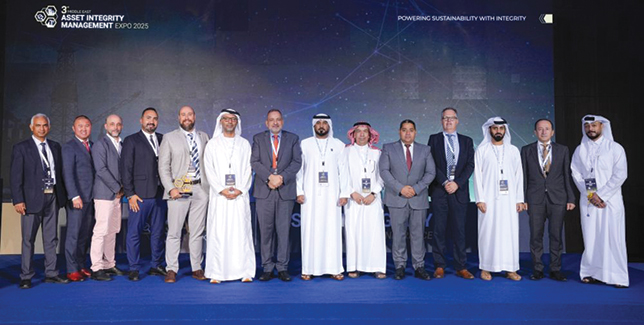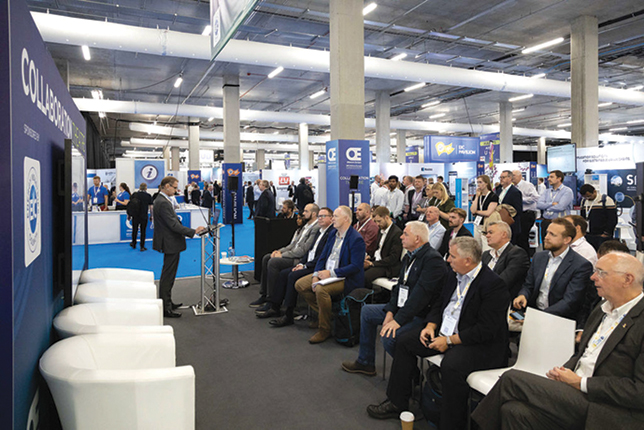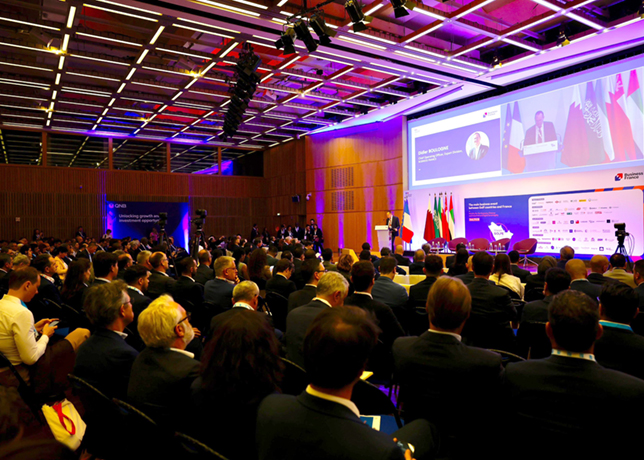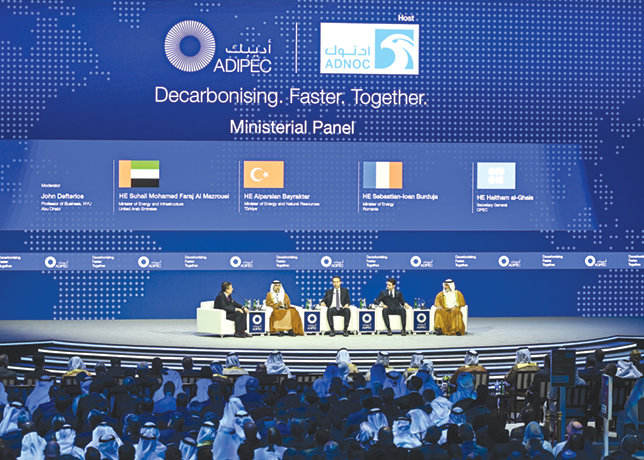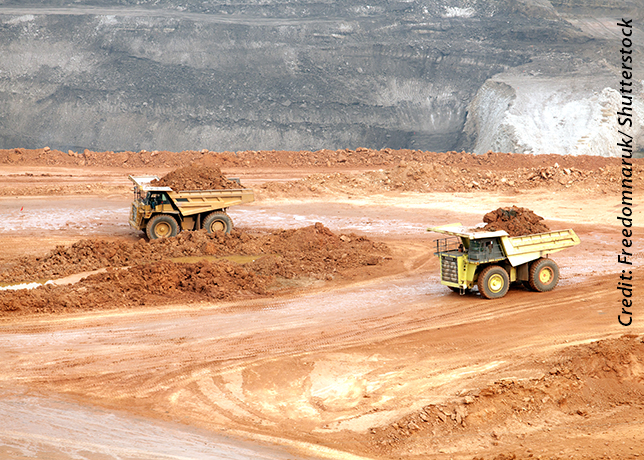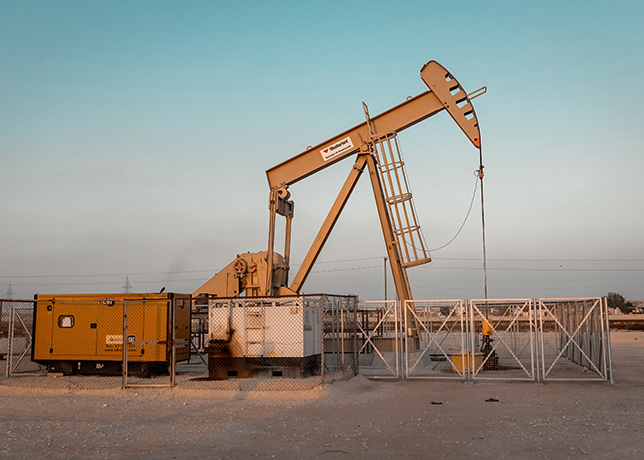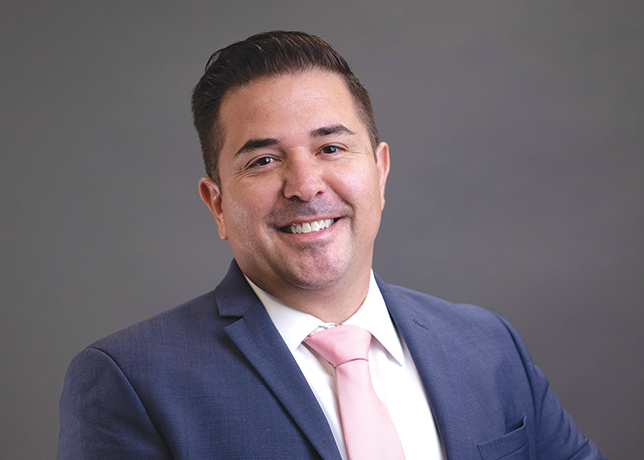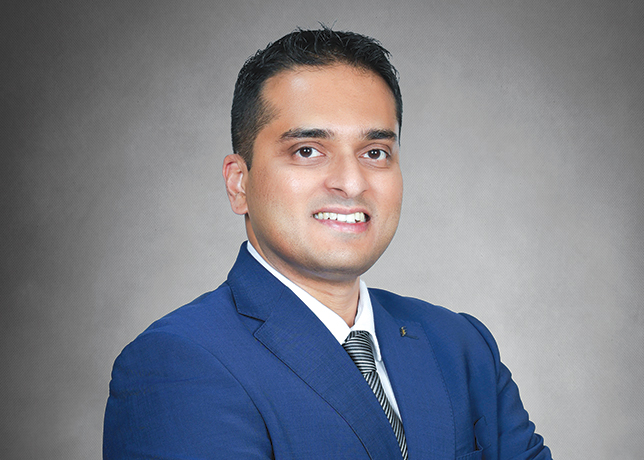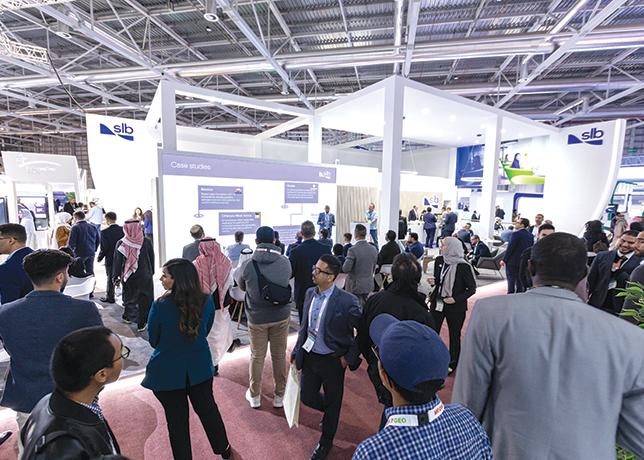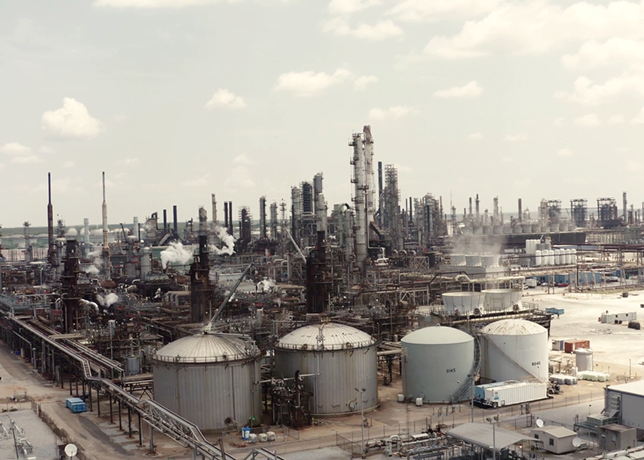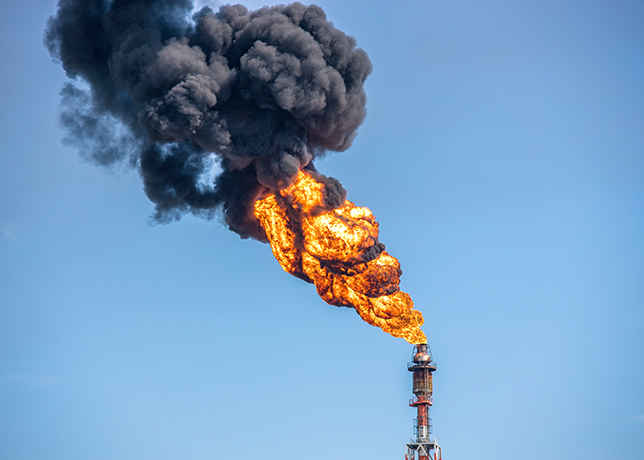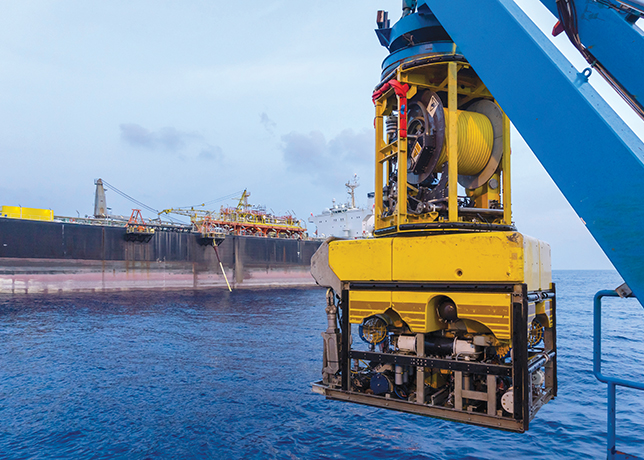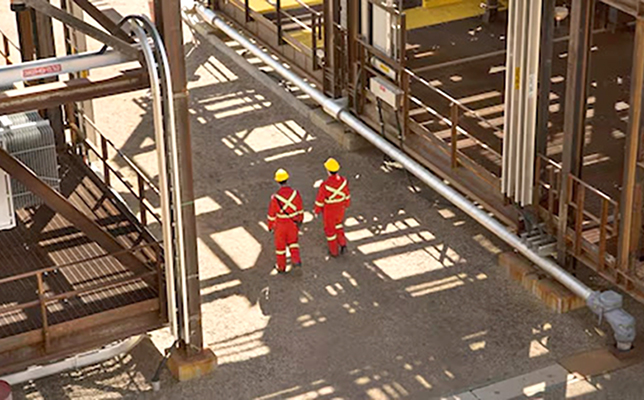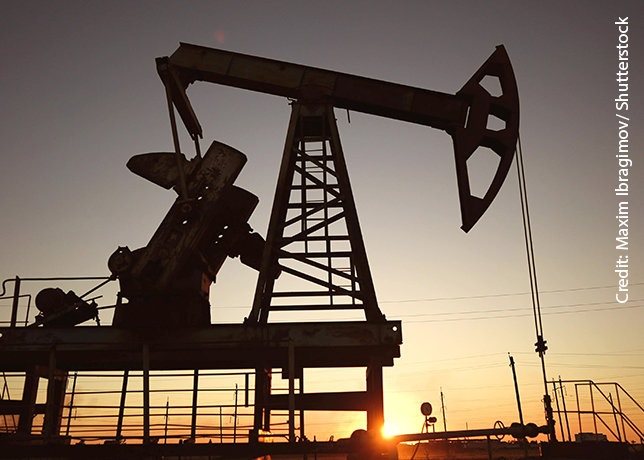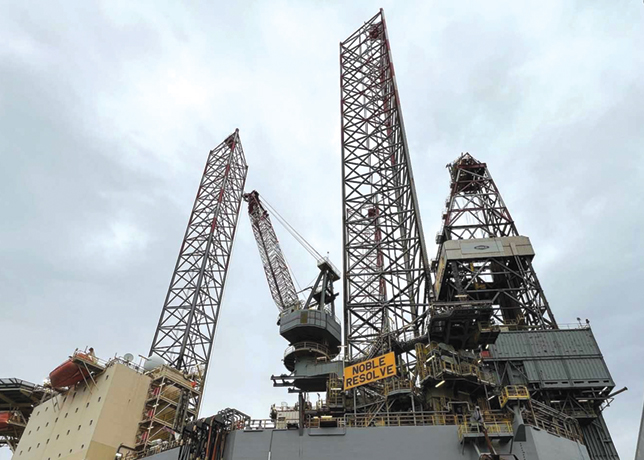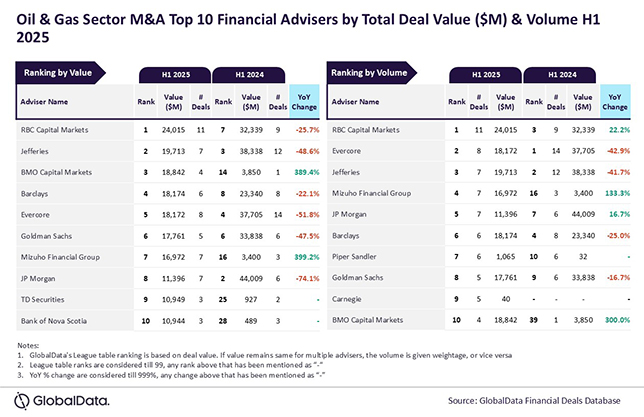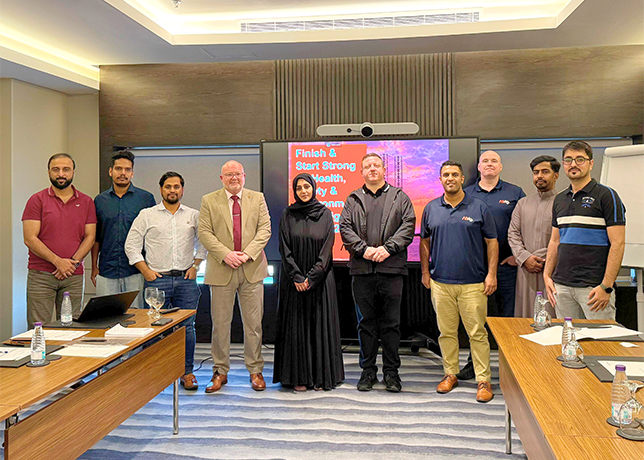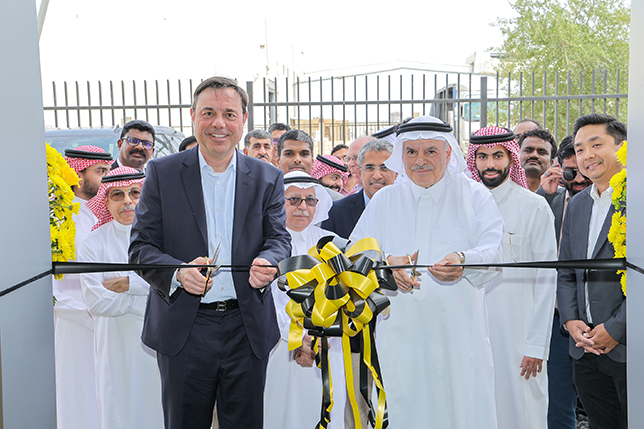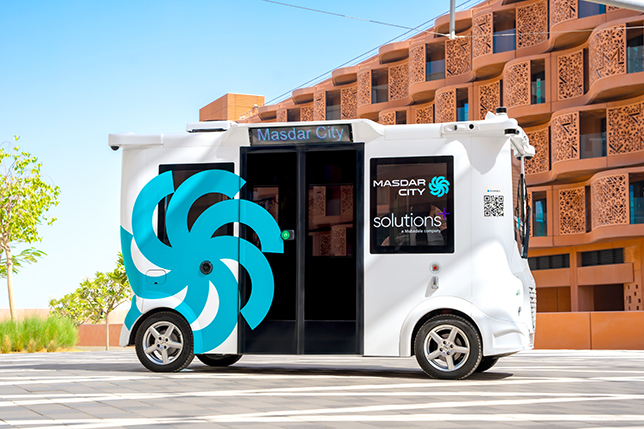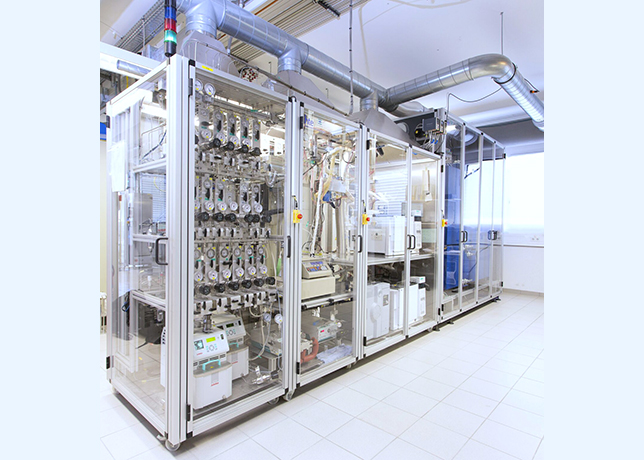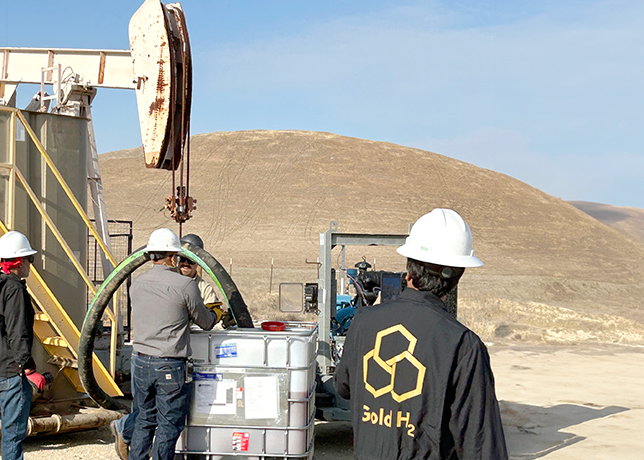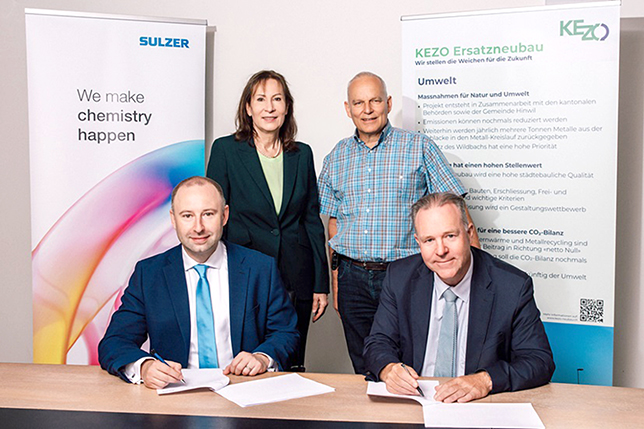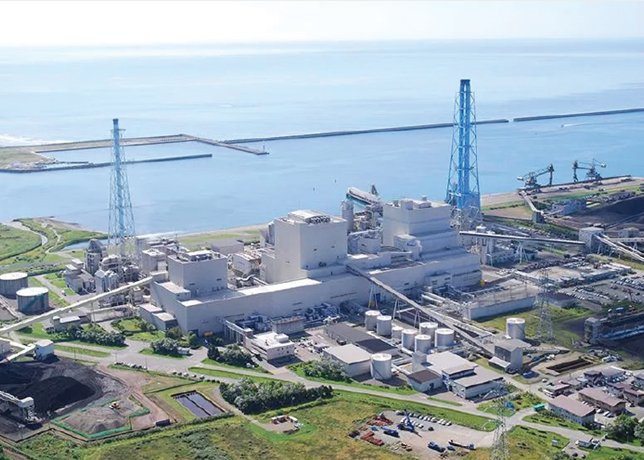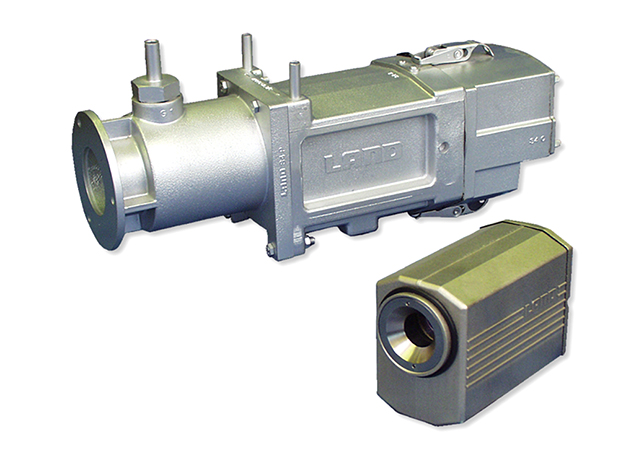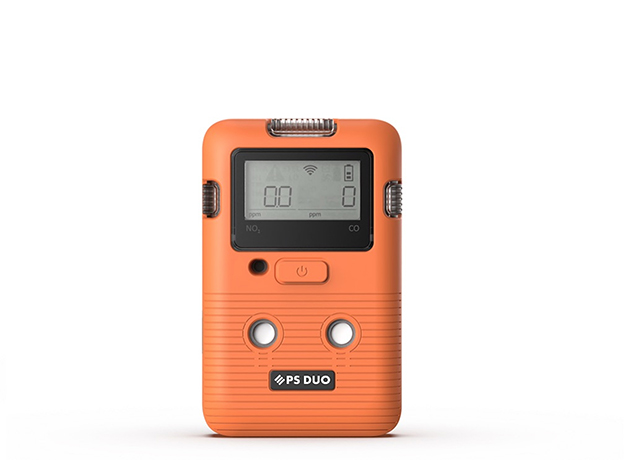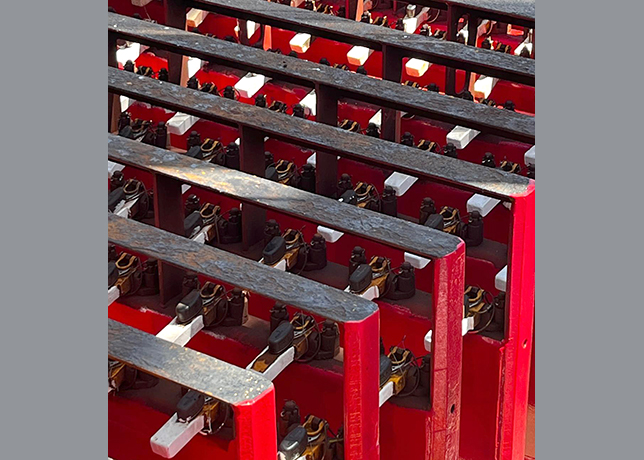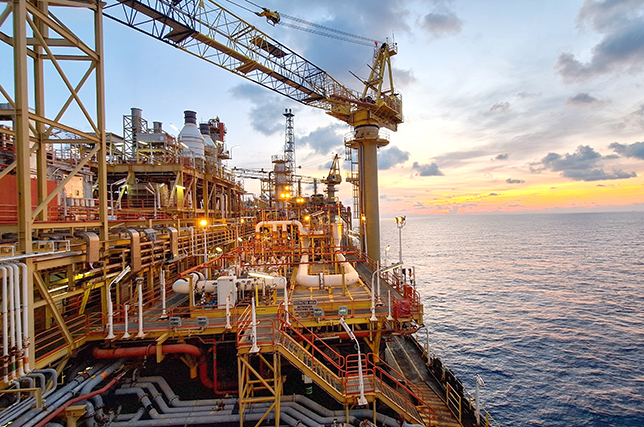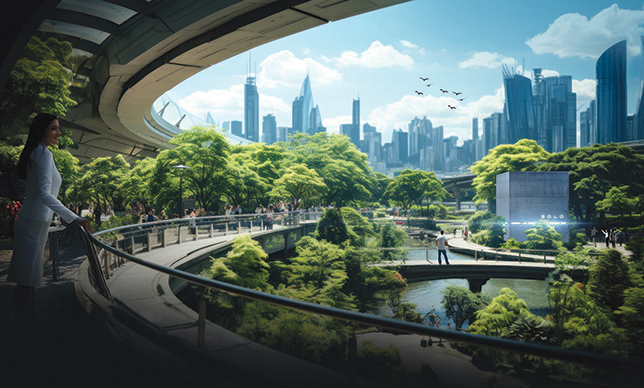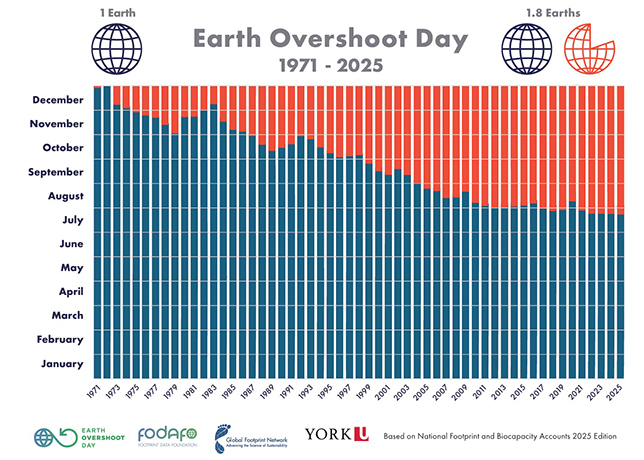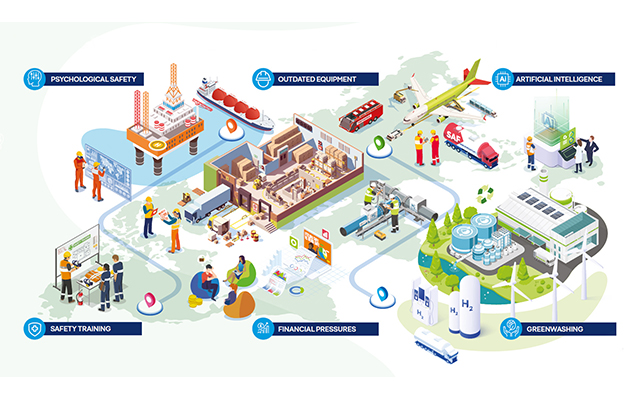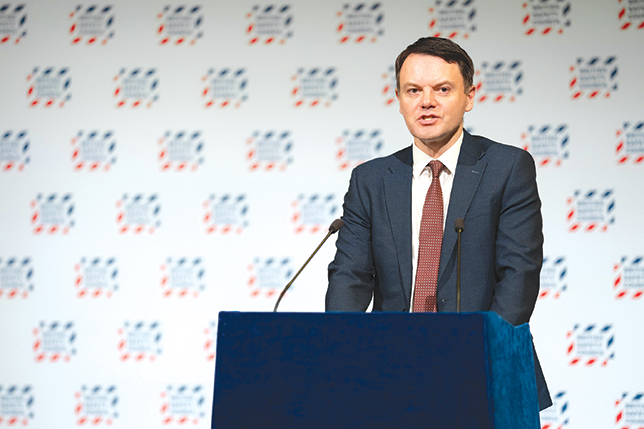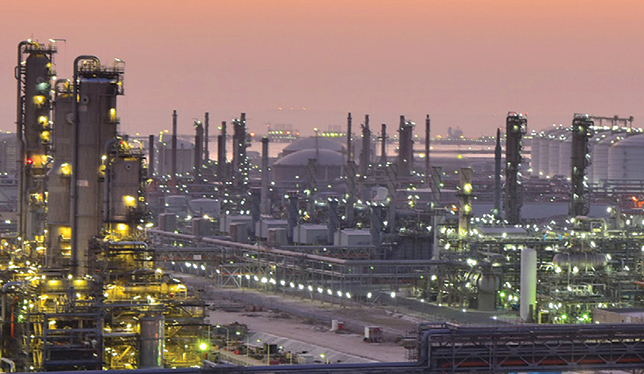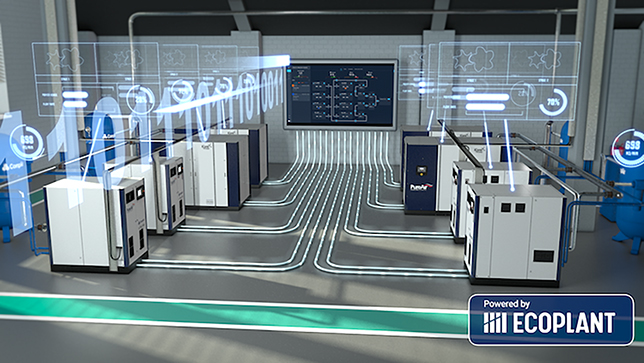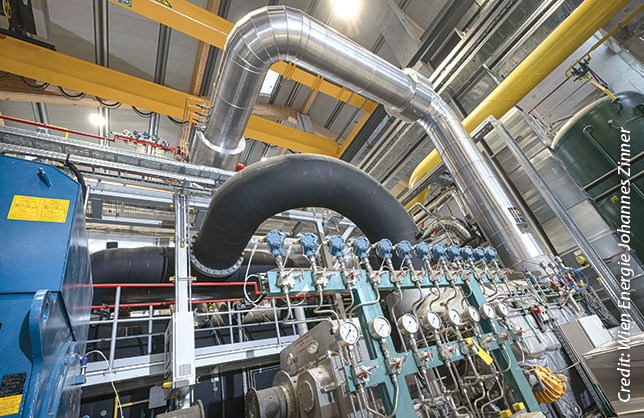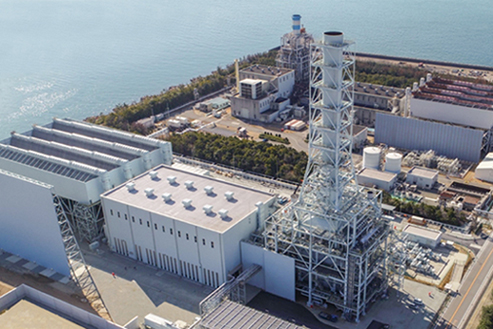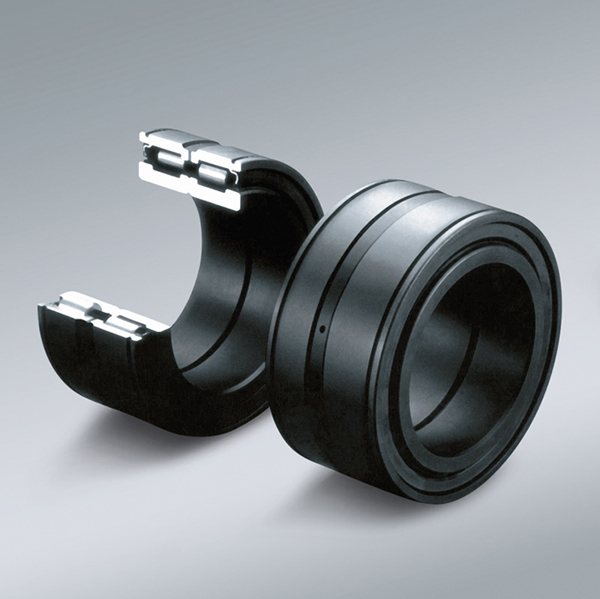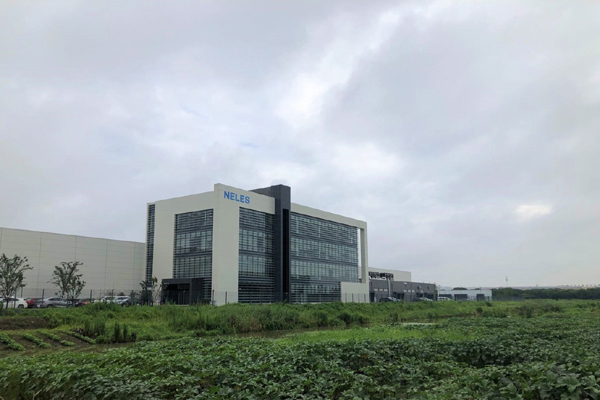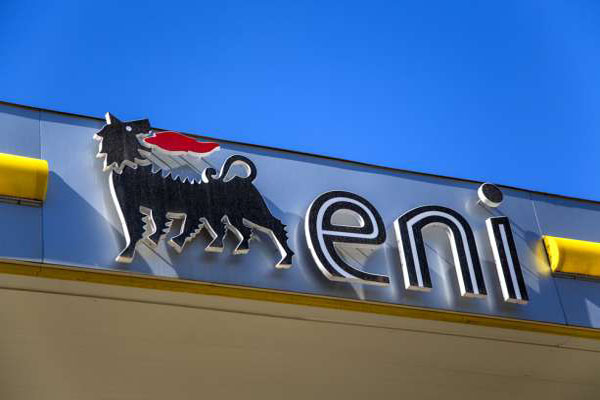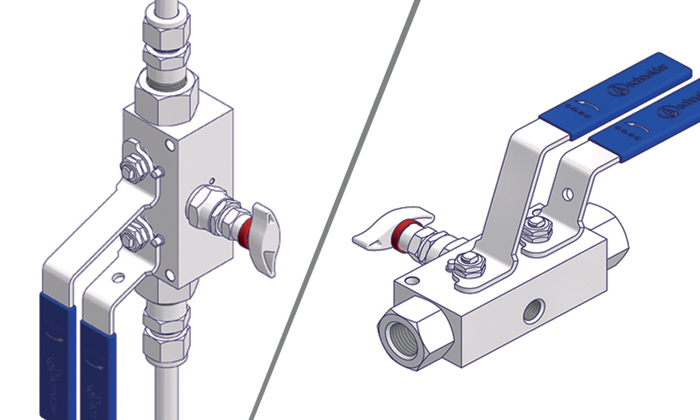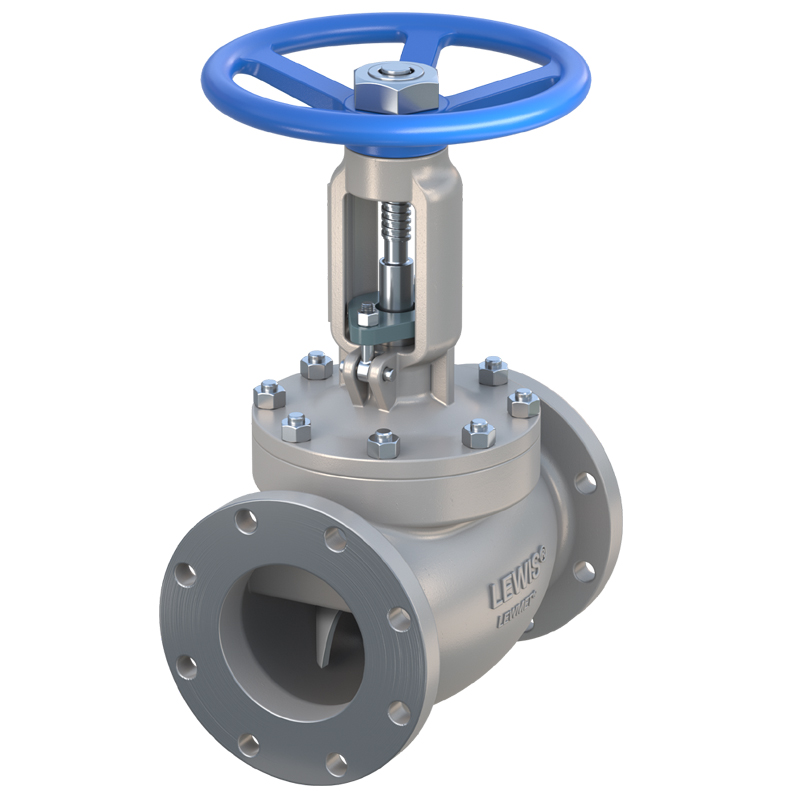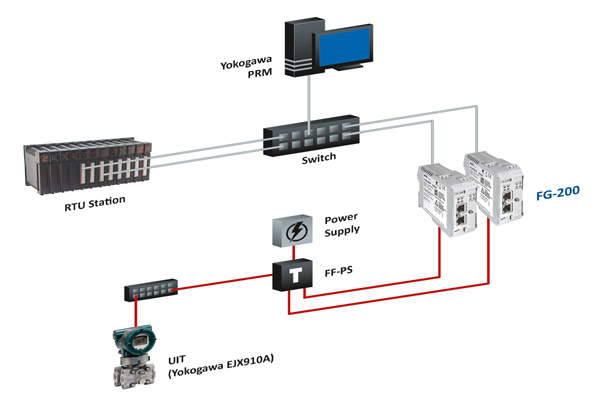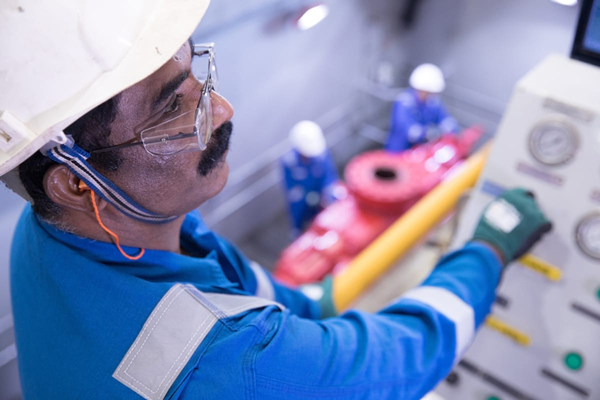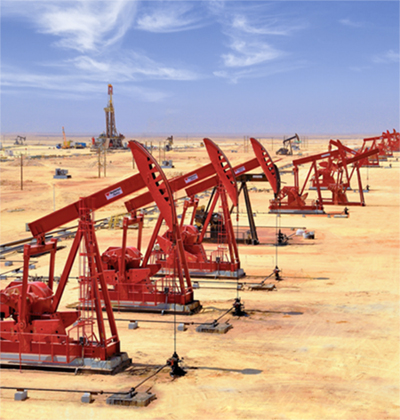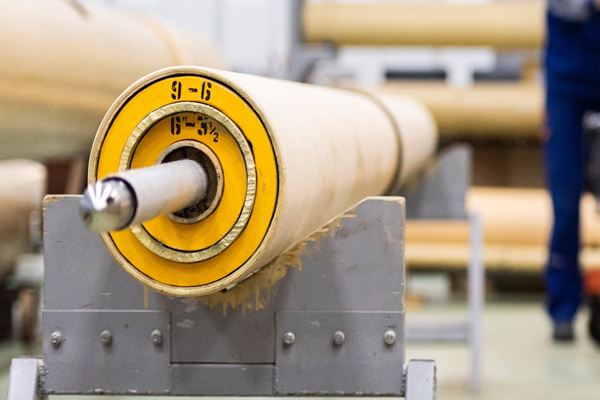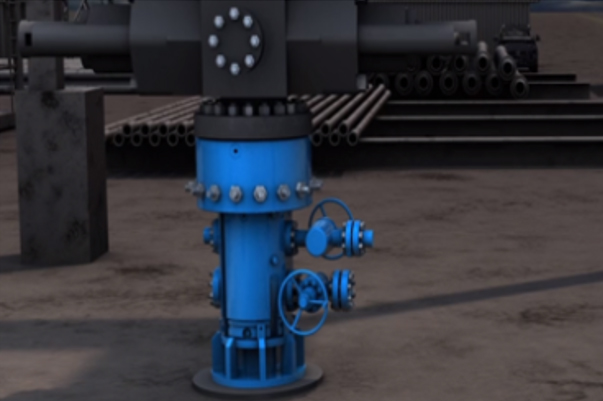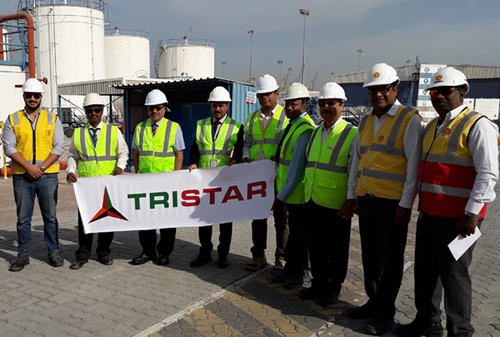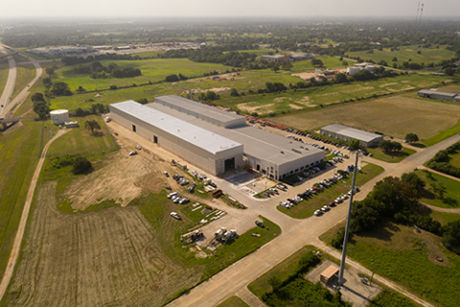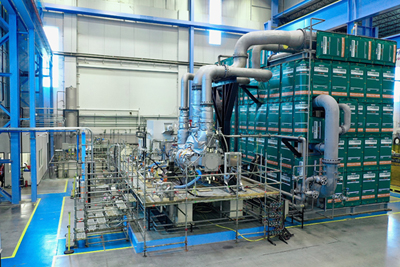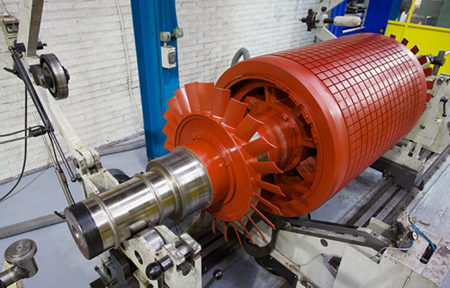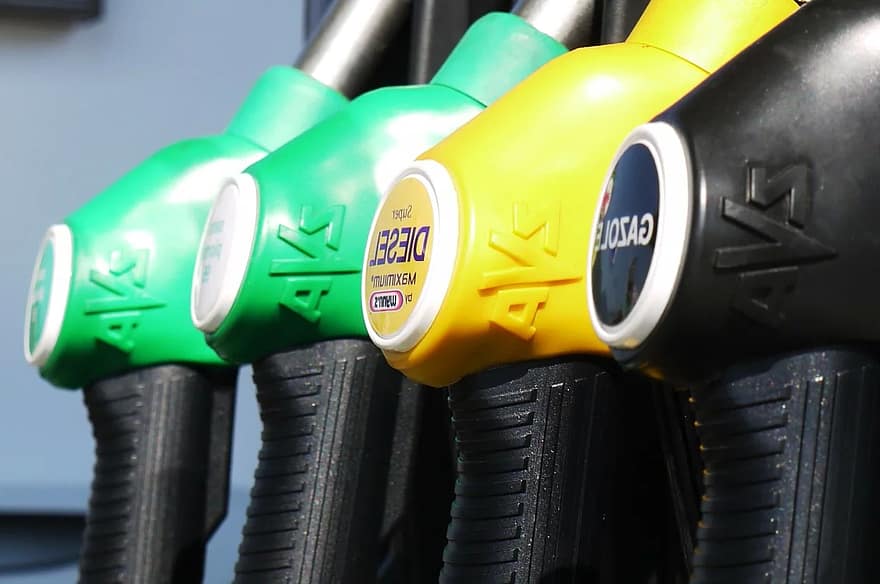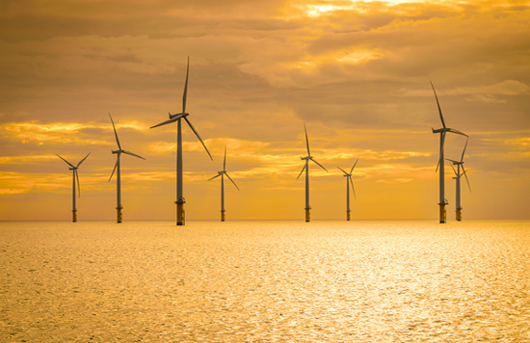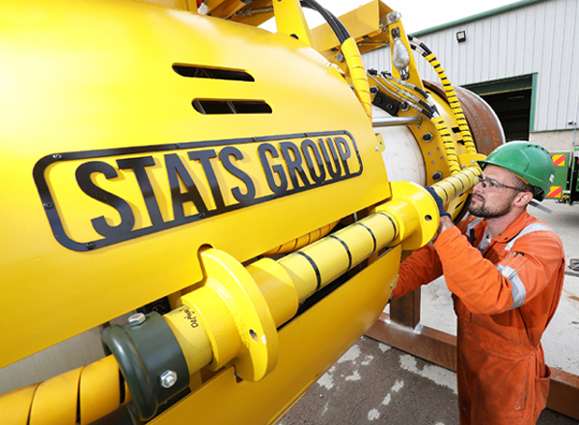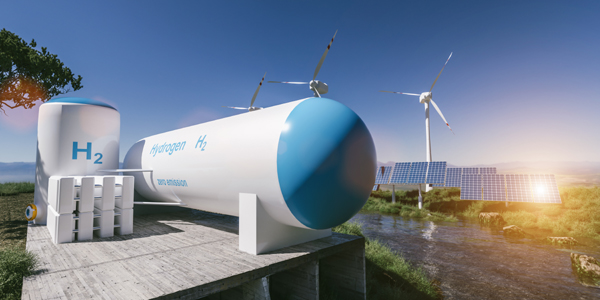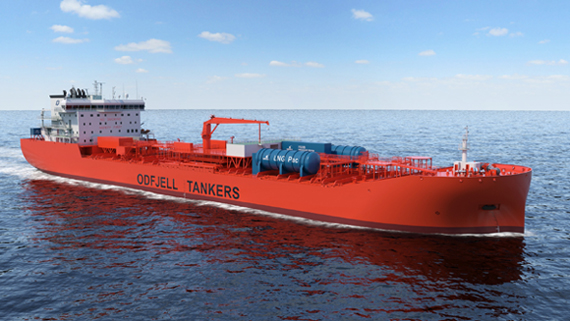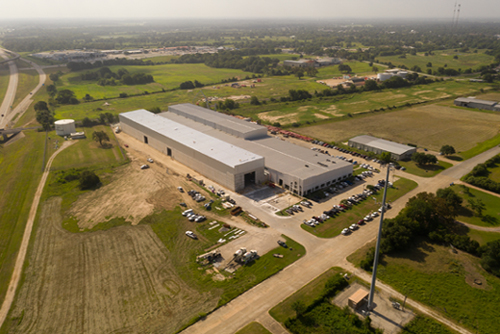
 Gas liquefaction facilities in Qatar.
Gas liquefaction facilities in Qatar.
Gas is gradually taking centre stage in Qatar as the new backbone of the economy.
The latest gas development project, the Al Khaleej Gas (AKG-1) scheme, recently saw the establishment of a Qatari/American joint venture to facilitate its first phase.
AKG will produce gas from Qatar's North Field, recover associated condensate and NGLs for sale, and market 1.75 billion cubic feet per day (bcfd) of pipeline gas for domestic and export customers.
Subsequent phases that will involve the construction of additional processing trains will be accomplished as further sales are made.
The partners in the planned undertaking include Qatar Petroleum Co (QPC) and ExxonMobil Middle East Gas Marketing Ltd (EMMEGML), a subsidiary of US-based ExxonMobil Co.
"With its strategic geographical location and its enormous reserves of natural resources of gas in the North Gas Field, Qatar will continue to develop as a dynamic base for major world class industrial projects," states Abdullah Bin Hamad Al Attiyah, Minister of Energy and Industry, chairman of Qatar Petroleum.
"The State of Qatar's approval of the Development Plan represents another significant step forward in the development of natural gas from Qatar's North Field for domestic and regional markets.
"AKG is a strategic component of His Highness the Emir, Sheikh Hamad Bin Khalifa Al Thani and implemented by His Excellency Abdullah Bin Hamad Al Attiyah, the Minister of Energy and Industry, to develop Qatar's industrial base and its role as the hub for regional and international gas markets," confirms Wayne Harms, president of EMMEGML.
UAE-based J Ray McDermott Middle East, a subsidiary of McDermott International Inc of the US was awarded the upstream engineering, procurement and construction (EPC) package.
The downstream works were awarded to a consortium that brings together Chiyoda Co and Mitsui and Co of Japan, Snaprogetti of Italy and Qatar-based Almana Group.
The undertaking involves the construction of LNG trains 3 and 4.
About 750 million cubic feet per day (7.75 billion cubic metres per year) of gas will be supplied, beginning in late-2005, to domestic users including QP's and Sasol's Oryx gas-to-liquids (GTL) plant and the 750 megawatt Ras Laffan independent power project.
The launch of the phase marks the approval of Exxon's development plan and the sealing of all commercial agreements for Phase 1 output, say sources.
South African Sasol's 2001 joint venture agreement with QP for a GTL plant has been centred on taking Al-Khaleej gas.
The 34,000 barrel per day Oryx GTL venture is set to absorb nearly half of Phase 1 gas - some 330 million mcfd - and is due for startup in late 2005.
A $675 million construction contract awarded in January to France's Technip-Coflexip also came into force recently.
Total investment for Phase 1 is projected to exceed $1.1 billion and will entail building offshore platforms in Qatar's North Field and a new gas processing facility to be located on the site of Qatar's RasGas liquefaction facility, reports suggest.
Engineering, procurement, and construction contracts for both onshore and offshore facilities are to be awarded imminently, according to Exxon.
Initial production output has been pegged at 750 million cubic feet per day (cf/d) of gas to be distributed to customers in the industrial city.
However, the development is designed to ultimately enable producing 1.75 billion cf/d.
However, the green light for the second phase will allegedly be dependent on the outcome of a supply agreement with Kuwait.
The total investment in AKG-1 is expected to be in excess of $1,100,000,000 and first gas is scheduled to flow some time around the last quarter of 2005.
AKG is structured under the Development and Production Sharing Agreement (DPSA) signed in 2000 between the State of Qatar and ExxonMobil Middle East Gas Marketing Ltd.
AKG will be operated by RasGas Company Limited in conjunction with the Ras Laffan LNG Projects in order to optimise facility investment and project execution costs by leveraging synergies between the projects.
Kuwait, which agreed to a framework deal to import Qatari gas by pipeline in January 2002, is said to be a possible Phase 2 buyer.
But it still needs to conclude a gas purchase agreement with Qatar, while Qatar has yet to obtain clearance from Saudi Arabia to build a pipeline through Saudi waters.
Meanwhile, Exxon's own proposed 100,000 bpd Qatari GTL plant may "not necessarily" take Al-Khaleej gas, a spokesman has said.
Royal Dutch/Shell is also pursuing a GTL scheme in Qatar, but its proposal to build two 70,000 bpd GTL trains is an integrated one that includes development of the upstream gas supply from the North field.
This would mark Shell's entry into that giant field, which has to date been dominated by Exxon and TotalFinaElf.
Shell is now said to be in commercial talks with QP and has begun pre-front-end engineering and design work that will be completed this year.
Qatar's Ras Laffan Liquefied Natural Gas Company (RasGas) LNG plant itself however has been subject to a downwards ratings revision by Moody's Investors Service.
Moody's has cited the danger of terrorism and the lack of insurance cover for attacks by weapons of mass destruction for downgrading its debt rating of RasGas to Baa3 from Baa2.
Since RasGas, which posted a revenue of $1.48 billion in 2001, renewed its insurance policies late last year, terrorism cover has been just $100 million.
That must be set against the book value of its onshore assets, which Moody's puts at about $1.6 billion.
The rating applies to $1.2 billion in bonds RasGas issued in 1997 to finance the construction of its first two LNG export trains.
RasGas, which is 70 per cent owned by state-owned Qatar Petroleum (QP), 30 per cent by ExxonMobil, is planning to more than double output capacity over the next four years. QatarGas, another LNG operator has similar ambitions.
Major investments are also on the cards in gas-to-liquids, petrochemicals, oil production and the Dolphin gas export pipeline, together contributing to a cost estimated at approximately $10 billion.


